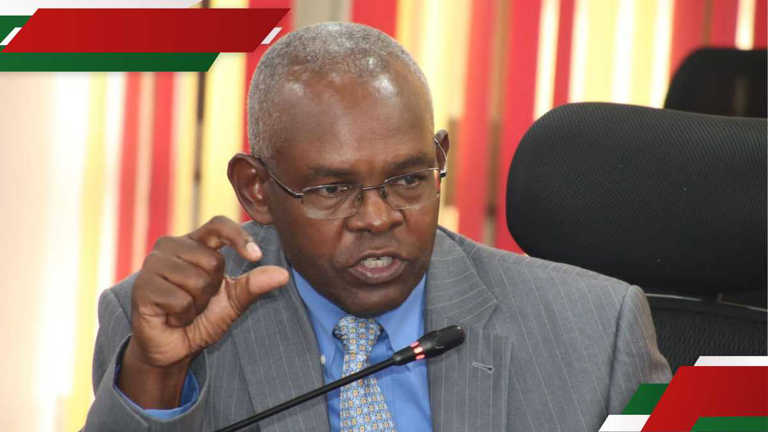
Dr.Kamau Thugge,CBK Governor
The Monetary Policy Committee (MPC) decided to lower the Central Bank Rate (CBR) by 25 basis points to 9.50 percent from 9.75 percent, during its meeting held on August 12, 2025.
During its deliberations, the Committee noted that:
• The global growth outlook for 2025 has been revised upwards to 3.0 percent from 2.8 percent, mainly reflecting upward revisions to growth in United States and China, due to lower effective tariff rates on trade, and improved global financial conditions
 Although the U.S. has reached trade agreements with some countries, uncertainties remain elevated with regard to trade policies and tariffs.
Although the U.S. has reached trade agreements with some countries, uncertainties remain elevated with regard to trade policies and tariffs.
Additionally, weak global demand and heightened geopolitical tensions in the Middle East and the Russia-Ukraine conflict, remain key risks to growth.
• Global inflation is projected to decline in 2025, driven by lower energy prices, and reduced global demand.Central banks in the major economies have continued to lower interest rates, but at a more cautious and uneven pace depending on inflation and growth outlooks.
International oil prices have moderated due to increased production and subdued global demand, but have remained volatile due to elevated global uncertainties.
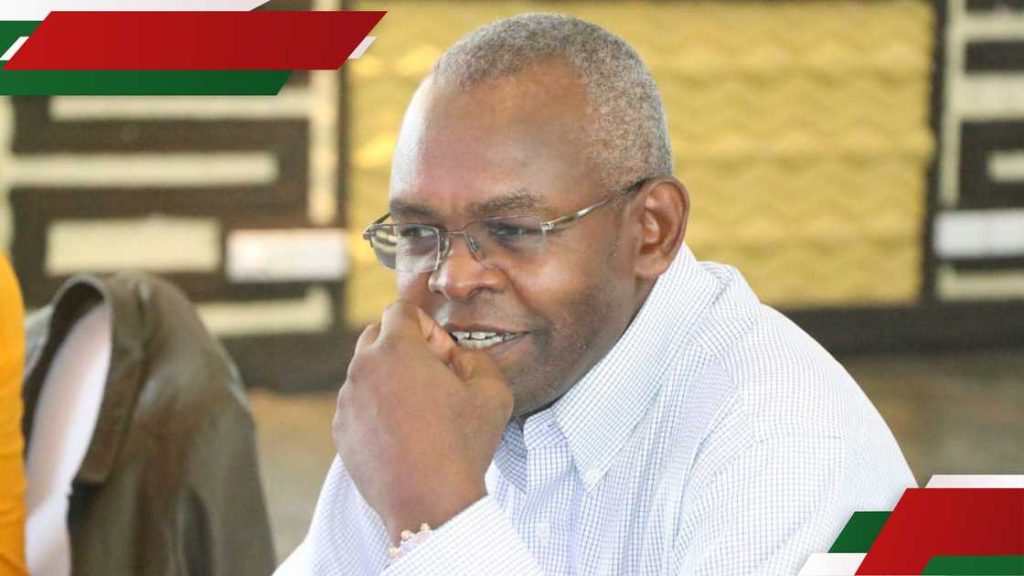
Food inflation has increased, largely driven by elevated edible oils price inflation, but cereals and sugar prices inflation have remained low.
• Kenya’s overall inflation stood at 4.1 percent in July 2025 compared to 3.8 percent in June, and remained below the mid-point of the target range of 5±2.5 percent.
Core inflation increased to 3.1 percent in July from 3.0 percent in June, mainly on account of higher prices of processed food items, particularly of sugar and maize flour.
Non-core inflation rose to 7.2 percent in July from 6.2 percent in June, mainly reflecting an increase in energy prices.
Overall inflation is expected to remain below the midpoint of the target range in the near term, supported by lower food prices, stability in energy prices, and continued exchange rate stability.
• The recently released GDP data for the first quarter of 2025 showed continued resilience of the Kenyan economy, with real GDP growing by 4.9 percent.
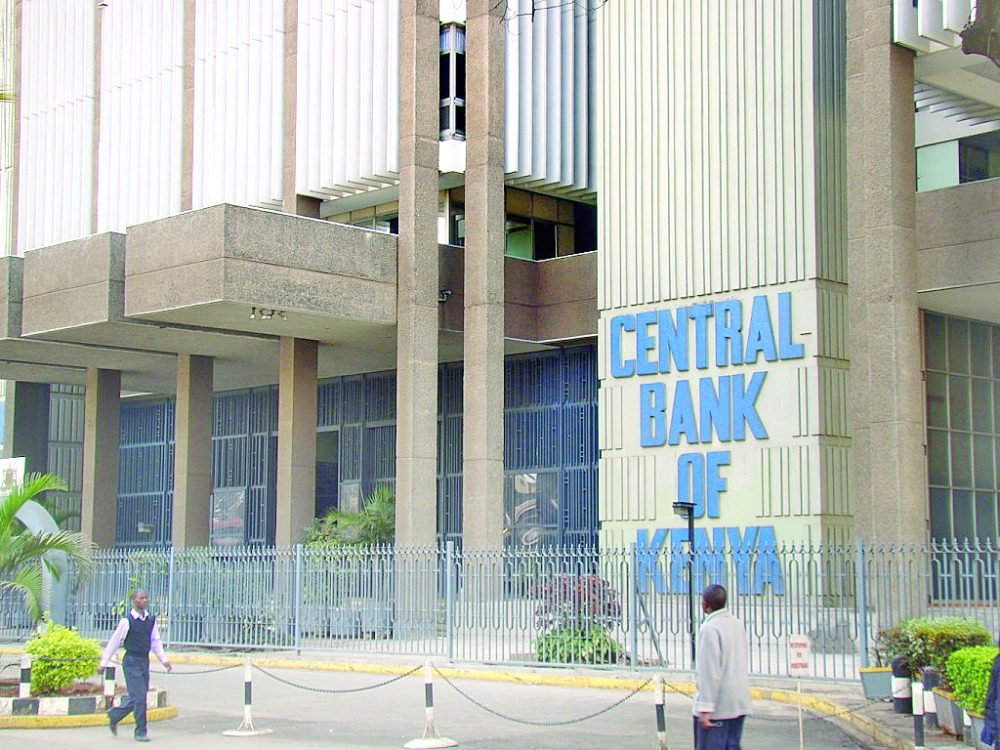 This reflected robust performance of agriculture, and recovery in industrial activity, particularly construction. Leading indicators of economic activity point to improved performance in the second quarter of 2025.
This reflected robust performance of agriculture, and recovery in industrial activity, particularly construction. Leading indicators of economic activity point to improved performance in the second quarter of 2025.
The growth of the economy is expected to pick up in 2025 and 2026, with real GDP growth projected at 5.2 percent and 5.4 percent respectively, supported by continued resilience of key service sectors, agriculture, and recovery of the industrial sector.
This outlook is subject to risks, including trade policy uncertainties and geopolitical tensions.
• A majority of respondents to the July 2025 Agriculture Survey expect the prices of most food items to decline in the near term due to favourable weather and the onset of the harvest season for key crops particularly maize.

Nevertheless, respondents expect higher international prices of some processed foods, and domestic prices of sugar, to exert moderate upward pressure on inflation.
• The CEOs Survey and Market Perceptions Survey conducted in July 2025 revealed sustained optimism about business activity and economic growth prospects for the next 12 months.
The optimism was attributed to improved agricultural production supported by favourable weather conditions, the stable macroeconomic environment supported by low inflation and stable exchange rate, continued decline in interest rates, and expansion
of the digital economy.
Nevertheless, some respondents expressed concerns about subdued consumer demand, high cost of doing business, and increased global uncertainties attributed to higher tariffs and geopolitical tensions.
• The current account deficit narrowed to 1.6 percent of GDP in the 12 months to June 2025 compared to 1.8 percent of GDP in a similar period in 2024.
Goods exports increased by 7.7 percent, due to higher domestic exports, particularly horticulture, coffee,vegetable oil, and clothing accessories. Goods imports rose by 9.9 percent, reflecting increases in intermediate and capital goods imports.
Services receipts increased by 12.5 percent, mainly supported by increased receipts from transport and travel services.
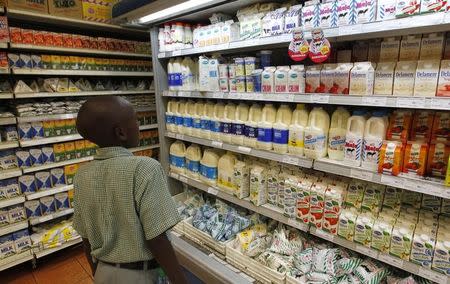
Diaspora remittances increased by 12.1 percent.The current account deficit is projected to remain relatively stable at 1.5 percent of GDP in 2025 compared to 1.3 percent of GDP in 2024, and is expected to be more than fully financed by financial account inflows.
This will result in an overall balance of payments surplus and build up in gross reserves of USD 673 million, respectively.
• The CBK foreign exchange reserves, which currently stand at USD 10,956 million (4.80 months of import cover), continue to provide adequate cover and a buffer against any short-term domestic and external shocks.
• The banking sector remains stable and resilient, with strong liquidity and capital adequacy ratios. The ratio of gross non-performing loans (NPLs) to gross loans remained unchanged at 17.6 percent in April and June 2025. Decreases in NPLs were noted in the building and construction, personal and household and manufacturing sectors, while trade and tourism, restaurant and hotels sectors recorded increases in NPLs.
Banks have continued to make adequate provisions for the NPLs.
• The MPC was apprised on the proposed revised banking sector Risk-Based Credit Pricing (RBCP) model, which is expected to improve the transmission of monetary policy decisions to commercial banks’ lending interest rates.
• Growth in commercial banks’ lending to the private sector continued to improve and stood at 3.3 percent in July 2025 compared to 2.2 percent in June, and -2.9 percent in January 2025.
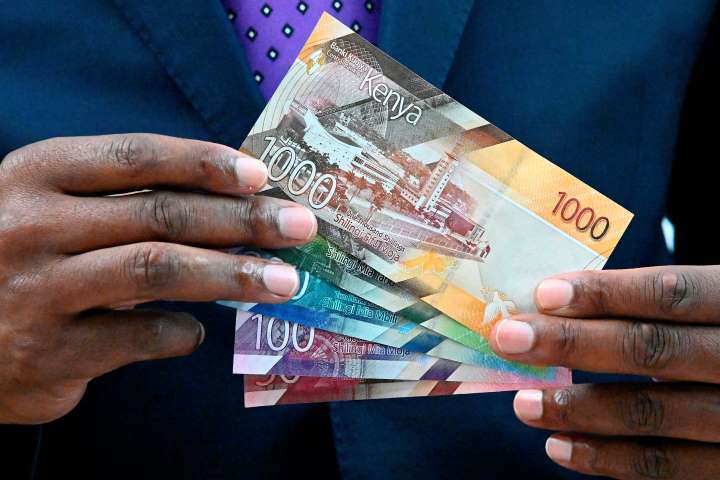 Growth in credit to key sectors of the economy, particularly manufacturing, trade, building and construction, and consumer durables, improved in June and July.
Growth in credit to key sectors of the economy, particularly manufacturing, trade, building and construction, and consumer durables, improved in June and July.
This mainly reflects improved demand in line with the declining lending interest rates. Average commercial banks’ lending rates declined to 15.2 percent in July 2025 from 15.3 percent in June, and 17.2 percent in November 2024.
• The Committee noted the outcome of the implementation of the FY2024/25 Budget, and the Budget for FY2025/26, which reinforces the Government’s fiscal consolidation strategy, and thereby reduces debt vulnerabilities.
 Having considered these developments, the Committee therefore concluded that there was scope for a further easing of the monetary policy stance to augment the previous policy actions aimed at stimulating lending by banks to the private sector and supporting economic activity, while ensuring inflationary expectations remain firmly anchored, and the exchange rate remains stable.
Having considered these developments, the Committee therefore concluded that there was scope for a further easing of the monetary policy stance to augment the previous policy actions aimed at stimulating lending by banks to the private sector and supporting economic activity, while ensuring inflationary expectations remain firmly anchored, and the exchange rate remains stable.
The MPC will closely monitor the impact of this policy decision as well as developments in the global and domestic economy and stands ready to take further action as necessary in line with its mandate.The Committee will meet again in October 2025.









